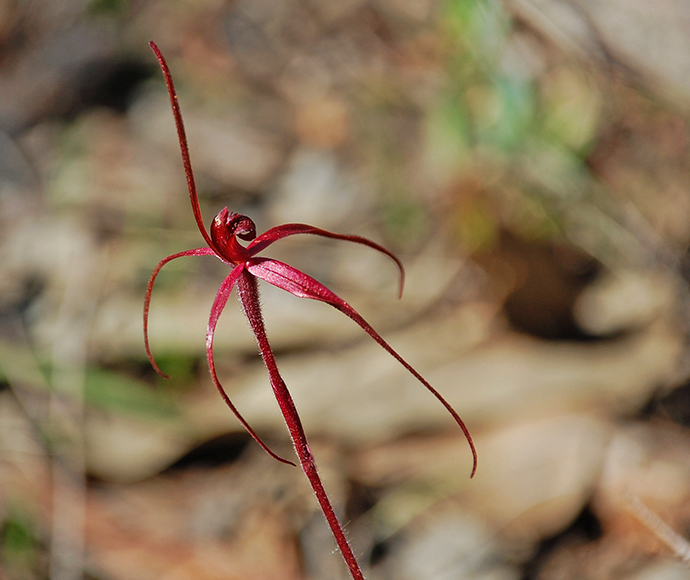The largest orchid translocation project ever conducted in Australia is underway, with more than 6,000 native orchids being planted around Albury and the NSW Riverina to save the species from extinction.

NSW Environment Minister James Griffin said through the NSW Government’s Wild Orchids Project, three endangered orchid species have been brought back from the brink of extinction.
“This enormous translocation project follows years of surveys and research, and now culminates with a patchwork of native orchids planted in their native habitat across the Riverina landscape,” said Mr Griffin.
“The NSW Government’s Saving our Species program found that there were fewer than 2,000 Sand-hill spider orchids, 1,300 Oaklands diuris and 650 crimson spider orchids left in the wild, meaning the future of those species were at risk.
“This project gives us enormous hope for the survival of these rare and beautiful species because their populations have been boosted with 6,000 additional healthy plants.
“It’s a fantastic example of the great conservation outcomes we can achieve when we partner with private landholders and expert scientists.”
The crimson spider orchid, Sand-hill spider orchid and Oaklands diuris have been planted across public and private land on specially selected sites that have suitable soil conditions, pollinators and vegetation types to encourage growth.
The orchids were propagated by the Royal Botanic Gardens Victoria and planted with the help of approximately 40 highly skilled and passionate volunteers, mainly from the Australasian Native Orchid Society.
Funded with $1.4 million from the NSW Environmental Trust and Saving our Species program, the Wild Orchids Project is a collaboration between the Department of Planning and Environment, the ³Ô¹ÏÍøÕ¾ Parks and Wildlife Service, Local Land Services, Royal Botanic Gardens Victoria, the Australian Network for Plant Conservation, Trade & Investment Crown Lands and Forestry Corporation of NSW.
Member for Albury Justin Clancy said this is a true community effort combining the best scientific research with local knowledge.
“I’d like to thank the enormous efforts of the highly skilled and passionate volunteers from the Australasian Native Orchid Society who have worked hard to plant the orchids across the Riverina region,” Mr Clancy said.
“Native orchids have been planted across 6 different sites that provide the best habitat for the species, including grasslands, woodland and forest.
“After years of research, this project brings together both scientific research and local knowledge to give these orchid populations the best chance of survival.”








